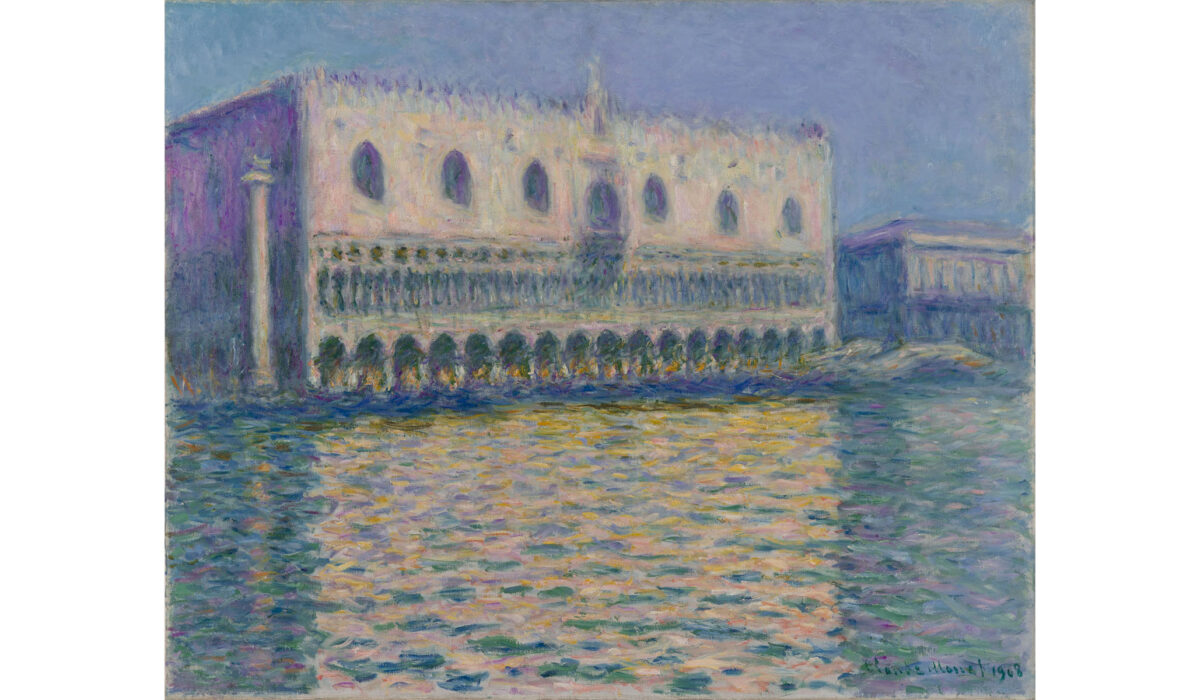Brooklyn Museum’s Venice Moment
The Brooklyn Museum has put together a striking show that invites viewers to step into Venice without leaving Brooklyn. The exhibition leans into Venice’s visual language, its light, color, and the sense of layered history that city evokes. It’s an invitation to slow down and look closely at how a place’s atmosphere translates into objects and images.
Walking into the gallery feels like entering an extended conversation about memory and place. Works on view arrange themselves like rooms in a grand old house, each offering a slightly different take on Venice’s moods. The curatorial choices emphasize the city’s visual rhythms rather than a strict historical survey.
The pieces lean on contrasts: wet surfaces against dry stone, glittering color next to muted patina. Those contrasts map onto Venice’s contradictions—its decay and its resilience, its tourist-facing glamour and its quiet, lived-in corners. The show doesn’t resolve those tensions so much as let them sit beside one another.
Materiality matters here; the objects and images are chosen for how they make you feel under your eyes. Paint, glass, textile, and photography each register the city’s light in different ways. The result is a layered sensorial experience that’s more atmospheric than didactic.
One striking feature is how the exhibition replicates the feeling of moving through a city. Pathways of display encourage pauses, quick glances, and longer stays, mimicking the way tourists and locals alike encounter Venice. That pacing gives viewers a chance to register small details and to notice patterns across the galleries.
Color palettes recur and shift, guiding attention rather than dictating meaning. Soft golds, watery blues, and the deep reds of old fabrics remind you that Venice is both sunlit and submerged in history. Those recurring hues create an undercurrent that ties disparate works together.
The show also highlights the interplay between public spectacle and private life. Some works capture Venice’s performative side—the parades, the masks, the staged views—while others focus on quieter, domestic moments. Together they sketch a fuller picture of a city that’s both a stage and a home.
Spatial arrangement becomes a kind of storytelling device, and the Brooklyn Museum makes a point of letting viewers draw connections for themselves. The exhibition’s flow encourages associations without spelling everything out. That trust in the audience’s curiosity feels refreshingly confident.
Lighting and placement are key to the show’s success, and the museum uses both to underline Venice’s peculiar luminosity. Subtle spotlighting and shadow draw attention to texture and depth, making surfaces read almost like maps. The effect is literal and emotional—surfaces that glimmer also suggest histories that lie beneath.
Throughout, the exhibition resists a singular narrative, preferring multiplicity and nuance. That choice respects Venice as a palimpsest of eras, styles, and lives, rather than reducing it to a postcard image. It’s a thoughtful approach that keeps the viewer engaged and often surprised.
Part of the pleasure comes from discovering little moments the curators left intact—unexpected juxtapositions and fragments that hint at bigger stories. Those moments reward patience and curiosity, turning repeat visits into opportunities to see new things. The museum has created a space that invites attention and returns it with depth.
Ultimately, the show offers a fresh way to encounter Venice: not as a set of famous landmarks alone but as a mood, a craft, and a continuing conversation between past and present. The Brooklyn Museum’s presentation makes that conversation lively and immediate, and it reminds visitors why a city can keep inspiring new interpretations.

